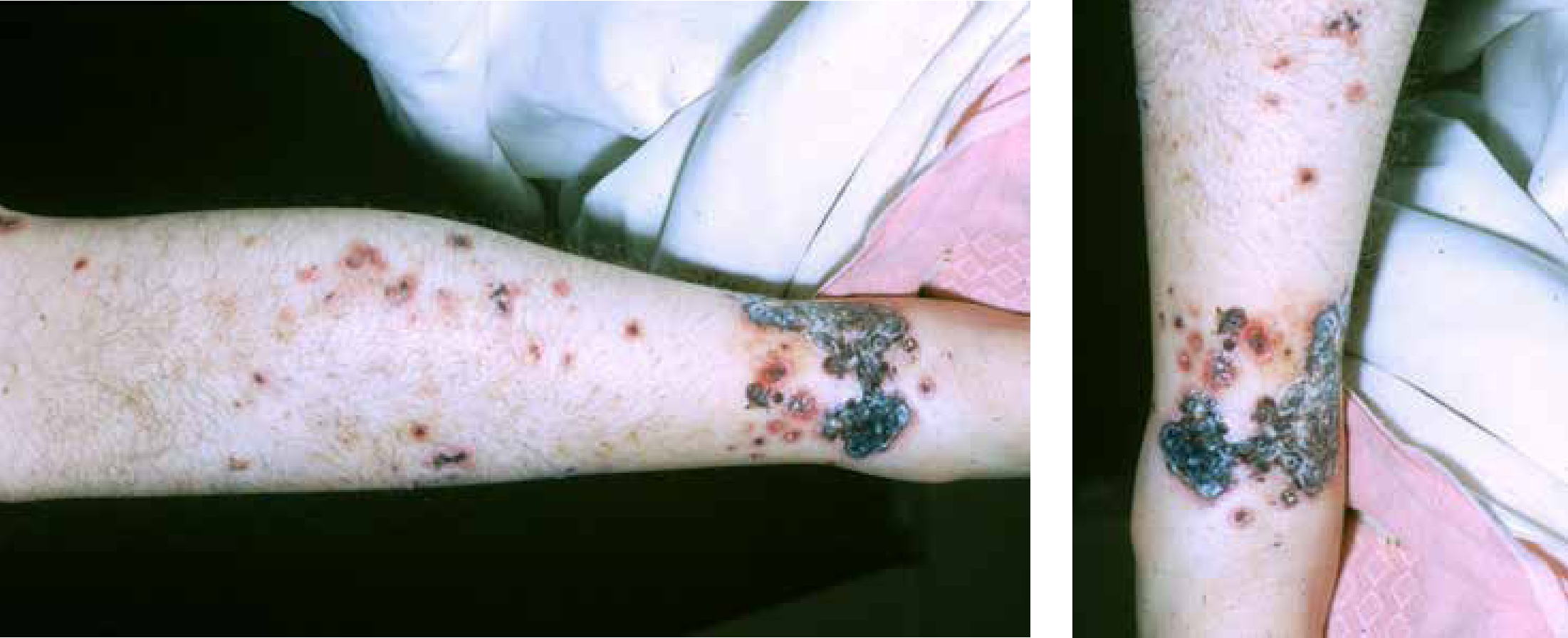Article


‘Physical Signs for the General Dental Practitioner’ aims:
The series will contribute to non-verifiable CPD requirements.

A patient with known rheumatoid arthritis has developed a painful rash.
